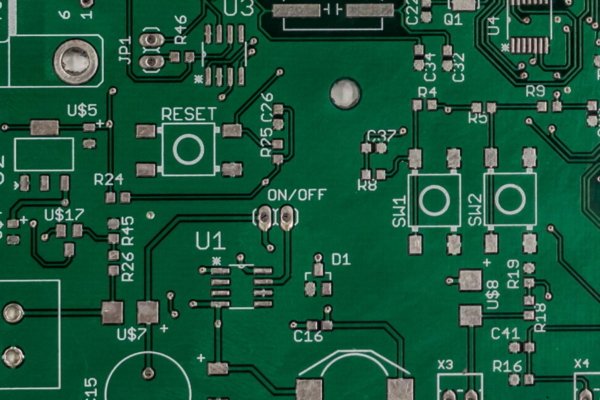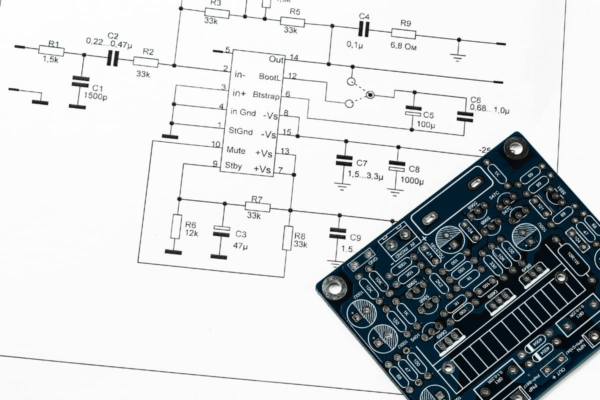What is Design for Assembly (DFA)
Design for assembly (DFA) is a methodology employed in the PCB industry to optimize the manufacturing process by simplifying the assembly of a product. It encompasses a set of principles and practices that guide the design choices to minimize part count, enhance modularity, incorporate built-in fasteners, ensure part symmetry, implement mistake-proofing measures, utilize standard parts, and maintain reasonable tolerances.
The primary objective of DFA is to reduce the number of individual components required for assembly, thereby simplifying the manufacturing process, saving time, and potentially lowering costs. This is achieved by strategically evaluating each part and considering its necessity for movement, material requirements, and the need for separation. By combining or eliminating parts when possible, DFA streamlines the assembly process and improves productivity.
Modularity is another crucial aspect of DFA, involving the design of products with standardized and interchangeable modules or sub-assemblies. This approach facilitates easier assembly, disassembly, maintenance, repair, and customization or upgrading.
DFA also emphasizes the incorporation of built-in fasteners directly into the product design, eliminating the need for additional hardware during assembly. This simplifies the process, reduces the risk of missing or misplaced fasteners, and enhances the overall reliability and durability of the product.
Part symmetry is considered in DFA to eliminate the need for orientation or alignment during assembly, reducing errors and improving efficiency. Mistake-proofing measures, such as unique shapes, color coding, or mechanical interlocks, are implemented to prevent or minimize assembly errors.
The use of standard parts in DFA takes advantage of commonly available components, reducing lead times for sourcing and simplifying the assembly process. Reasonable tolerances are defined to ensure proper fit during assembly and minimize rework or scrap.
By implementing DFA principles, manufacturers can achieve cost savings, improve assembly efficiency, reduce errors, enhance product quality and reliability. Additionally, the benefits of DFA, such as modularity and mistake-proofing, can lead to increased customer satisfaction and potentially higher revenue.
Frequently Asked Questions
How Many Types of PCB Design Are There
There are several types of PCB designs available, including Single Sided PCB or Single Layer PCB, Double Sided PCB or Double Layer PCB, Multilayer PCB, and Rigid PCB.
What Does DFA Stand for in PCB
The process of incorporating specific steps into a PCB development DFM regimen, which is referred to as “design for assembly” (DFA), is crucial for PCB product development. However, before discussing the guidelines for good DFA, it is important to understand the significance of DFA in the PCB assembly process.
What Is the Advantage of Design for Assembly
DFMA offers cost reduction benefits by enabling the quick assembly of products using a smaller number of standardized parts. The design of these parts focuses on simplifying fabrication and ensuring compatibility with other designs. Consequently, this approach allows for the creation of a wider range of products by assembling common modular components.
What Is the Simplest PCB Design
The most basic PCB design consists of single sided boards with only one copper layer. However, it is also possible to have double sided PCBs where the copper traces are installed on both sides of the board.





